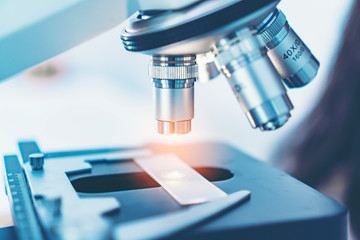The face, neck and jaws are some of the most complex anatomical regions in the human body. Abnormalities of these structures is commonly referred to as “pathology”. Oral and Maxillofacial pathology can broadly be classified as benign (non cancerous) or malignant (which is discussed further in Head and Neck Cancer).
Oral and Maxillofacial Surgeons are highly trained in the investigation, diagnosis and treatment of many of these disorders and often work within a multidisciplinary team to manage the most serious and difficult of these conditions involving the head and neck.
Symptoms
Benign (non cancerous) growths in these regions can arise from the skin or mucosa of the head and neck, subcutaneous and submucosal structures, major or minor salivary glands (discussed in the salivary gland section), nerves, muscles, teeth and related structures, as well as any of the facial bones. They may present as lumps or swellings detected on clinical examination, symptoms or signs relating to teeth such as tooth mobility or displacement, or can be detected on routine radiographic examinations such as OPGs.
Causes
Conditions of the face, neck and jaws can arise from many causes. These include inherited or congenital conditions, those that develop from the embryonic precursors of the jaws and teeth, infections (viral, bacterial or fungal), benign (non cancerous) tumours of any soft tissues, bone or cartilage and autoimmune conditions. Oral and Maxillofacial Surgeons are often prominent members of multidisciplinary teams that manage cancers of the head and neck.

Oral and Maxillofacial Surgeons are highly trained in the investigation, diagnosis and treatment of many of these disorders an often work within a multidisciplinary team to manage the most serious and difficult of these conditions involving the head and neck.

Treatment
Treatment may involve surgical removal of the lesion. This is often curative, but some benign growths have a tendency to recur and require regular follow up.
Diagnosis of these conditions often requires a biopsy (sampling of the pathology) and further imaging with CT or MRI scans.

Locate an OMS in your area
Ready for the next step? Find an ANZAOMS member in your area within Australia and New Zealand today.

Is oral and maxillofacial surgery right for you?
We’ve put together a handy list of questions for you to discuss with your surgeon.
Find out more information on other procedures
Note: The information covered within this web page and across this website is not intended as a substitute for professional medical or dental advice, diagnosis, or treatment. It is listed to provide you with a general overview to help you communicate effectively when you seek the advice of an oral and maxillofacial surgeon.

